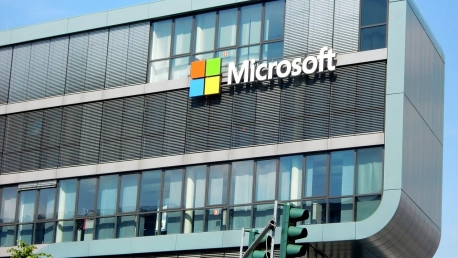Microsoft’s Windows for mobile platforms is officially a thing of the past. The company stopped releasing security and software updates for all its Windows mobile devices effective December 10, 2019. This means that smartphones running Windows 10 mobile version 1709 will not receive any more future updates. While the Windows Phone OS is considered one of the most remarkable failures of the mobile industry, there is something to be said about its positive legacy. Discover below a short recap of the rise and fall of the Windows Phone OS.
Innovative OS and Outstanding Optics
When it was first released, Windows Phone was considered the most original OS offering, outcompeting even the highly praised Apple iOS. Unlike Android or iOS, the Windows Phone performed well even on low-budget smartphones. The new OS abandoned the skeuomorphism typical for both Android and iOS and replaced it with live tiles design. Both released in 2011, Nokia Lumia 800 and HTC’s Windows Phone 8X were superb handsets that boosted Windows Phone’s popularity.
In 2011, Microsoft announced a big partnership with Nokia, in which the Finnish handset maker agreed to ship most of its devices with Microsoft’s Mobile OS. Even though Microsoft was leading the camera technology race and its devices had solid hardware specs, the big expectations associated with the acquisition of Nokia were never fulfilled. The focus on smartphone optics truly made the devices stand out. The Lumia 1020’s 41MP sensor was well ahead of its time and it still looks good—even by today’s standards.
The App Gap
Perhaps the biggest obstacle Microsoft had to overcome when marketing Windows Phone was the app gap. Compared to its rivals, iPhone and Android, Windows Phone held just a sliver of the ever-growing app ecosystem. One of the key issues undermining Windows Phone’s market success was the fact that Microsoft failed to take the steps needed to attract third-party app developers. Moreover, Google’s YouTube Blockade of 2013 delivered a significant blow to a mobile OS that was already facing huge problems. While some customers could deal with not being able to use Instagram, many of them couldn’t overlook the fact that the platform did not offer YouTube access.
Although Microsoft tried to bridge the app gap with its main rivals, innovation mostly came from the developers who created unofficial third-party Windows Phone versions of the most popular apps on the market. As many of you might recall, there was a YouTube replacement app named MetroTube, a Snapchat alternative (Swapchat), an unofficial Vine app, and even several Instagram clients. These applications seemed to work just as well as their iOS and Android counterparts, but without official support, both would often crash following updates. Finally, Windows Phone entered a state of limbo, fighting to gain market share as users continued to demand the latest and greatest apps.
The Final Blow
After purchasing Nokia in 2014, Microsoft’s efforts to rekindle interest in its brand turned out to be insufficient to help the company win a strong market position. Microsoft was quickly left trailing by Samsung and its flagship Galaxy line, whose biggest advantage was the Android OS and the tons of apps available via Play Store. Almost 97% of the phones sold in 2015 ran either Android or iOS platforms. By comparison, Microsoft’s share in the market accounted for only 2,5%.
Windows 10 Mobile End of Support
“As of December 10, 2019, Windows 10 Mobile users are no longer eligible to receive new security updates, non-security hotfixes, free assisted support options or online technical content updates from Microsoft for free. Third parties or paid support programs may provide ongoing support, but it is important to recognize that Microsoft support will not publicly provide updates or patches for Windows 10 Mobile,” according to an official announcement from Microsoft.
For those who still use the Windows mobile phone as their primary device, Microsoft announced that they have until March 10, 2020, to back up all their essential data apps. Moreover, features such as photo uploads and restoring a Windows device from an existing device’s backup will continue to work until the end of 2020.
“With the Windows 10 Mobile OS end of support, we recommend that customers move to a supported Android or iOS device. Microsoft’s mission statement to empower every person and every organization on the planet to achieve more compels us to support our Mobile apps on those platforms and devices,” the company stated.
While the Windows Phone OS is undoubtedly one of the most glorious failures of the mobile industry, tech enthusiasts must not forget that Windows Phone’s path to failure was paved with small successes and advances that managed to win customers’ confidence.









